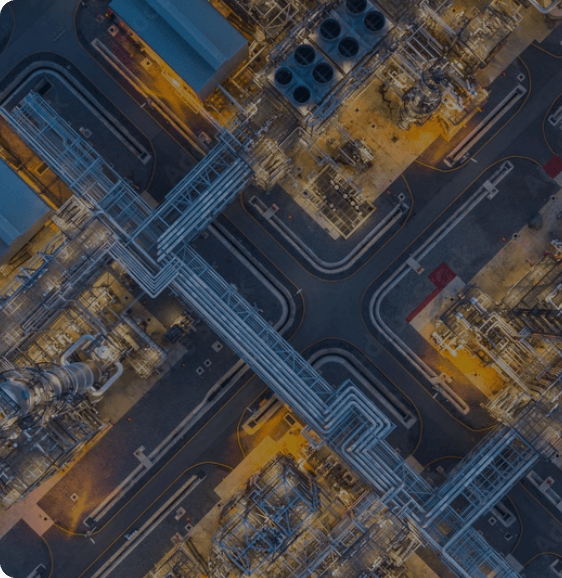In late March 2021, strong winds pushed a 400m-long container vessel off course, causing a temporary blockage of the Suez Canal, the shortest sea link between Asia and Europe.
What followed was a remarkable display of resilience and innovation. A dedicated team of engineers and specialists worked with high-powered tugboats, precision dredgers, and tidal calculations to refloat the vessel, restoring a critical waterway that facilitates nearly 12% of global trade.
During the pause that this offered, the world took notice of the need for advanced technology to enhance global trade resilience. Let’s look at a few stats. Today, nearly 90% of global trade moves by sea. Shipping routes are becoming more data-driven with real-time insights empowering operators to stay ahead of costly disruptions and optimize performance. ML-powered weather models help vessels chart safer, faster routes, while predictive maintenance systems enable port authorities and fleet managers to keep critical infrastructure running smoothly, supporting faster turnarounds, reduced delays, and enhanced cargo flow.
Beyond navigation, ports are evolving into smarter logistics hubs with automated cargo inspections and precise anomaly detection. Digital twin technology, for instance, is now being used to simulate port congestion scenarios, optimize berth scheduling, and improve container throughput.
Sometimes, in order to steady the bridge over troubled waters, we need to look at the cornerstone — data foundations, data quality, balancing general IT/AI transformation with sector-specific interventions.
From improving data access, enabling real-time visibility, or piloting AI-led inspections, our work with clients in this space is helping teams navigate uncertainty with more confidence. In this edition of AI of the Tiger, read how advanced analytics, computer vision, and IoT are steadily reshaping operations across ports and shipping.
Keeping operations shipshape with IoT-powered insights
Malaysia’s premier transshipment port, Pelabuhan Tanjung Pelepas (PTP), partnered with us to strengthen its data ecosystem. Together, we built a unified platform that consolidated structured and unstructured data from over 10 sources. We leveraged IoT-powered anomaly detection for monitoring power consumption, helping teams spot irregularities early and reduce energy waste. Read how the platform laid the foundation for advanced analytics and ML use cases, from delinquency prediction to smarter planning and resource deployment.
Syncing multiple data streams for smooth sailing
The maritime industry runs on a vast web of data ranging from vessel performance metrics, crew data, and engine diagnostics to weather forecasts, AIS signals, and compliance records. Without seamless integration, this data can be locked in silos. That’s where we help companies navigate through the data chaos by building modern data architectures that enable real-time API access, AI-driven analytics, and automated reporting, and empowering operators with a clear, holistic view of all essential data. Read how tools like Snowflake’s external access integration help businesses securely connect and analyze external data without unnecessary duplication.
How a maritime ERP provider brought critical insights to the surface 20% faster
Facing performance and scalability challenges with its legacy system, a leading provider of fleet management software seized the opportunity to modernize its data and analytics infrastructure. We worked together to build a scalable, self-service platform using Microsoft Fabric with automated data pipelines and integrated analytics and BI. The solution resulted in 20% faster analysis and a 15% improvement in data accuracy, enabled by enhanced data quality frameworks. Know how strategic modernization and streamlined data access can improve business agility.
From hull to helm, DL-driven inspections for smart maintenance
Steady sailing depends on well-maintained assets, from engines to cargo cranes, working seamlessly together. We explored advanced Deep Learning models and Computer Vision techniques to automate defect detection and asset maintenance. Using image analytics, the system identified structural issues like missing bolts and fractures with 90% accuracy. UAV imaging extended visibility to hard-to-reach areas, ensuring nothing is missed. Learn more about how these technologies are transforming manual-intensive processes.
As the tides of trade keep changing, steady innovations in data, AI, and automation are helping keep operations on an even keel.
Where do you see the biggest opportunities for tech in maritime logistics and safety?
This edition was originally published on LinkedIn on April 16, 2025.


